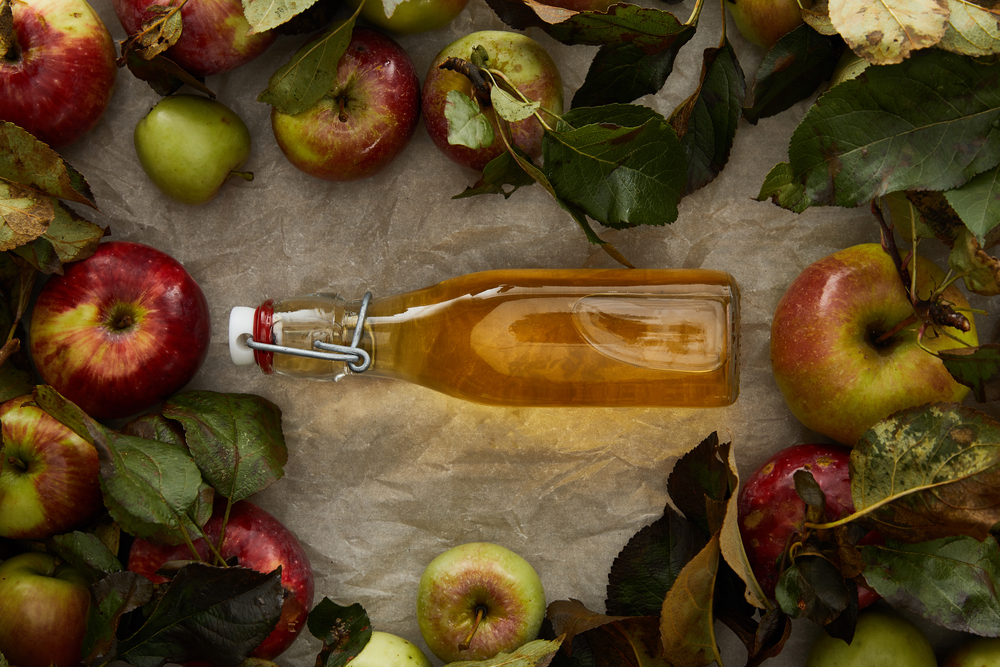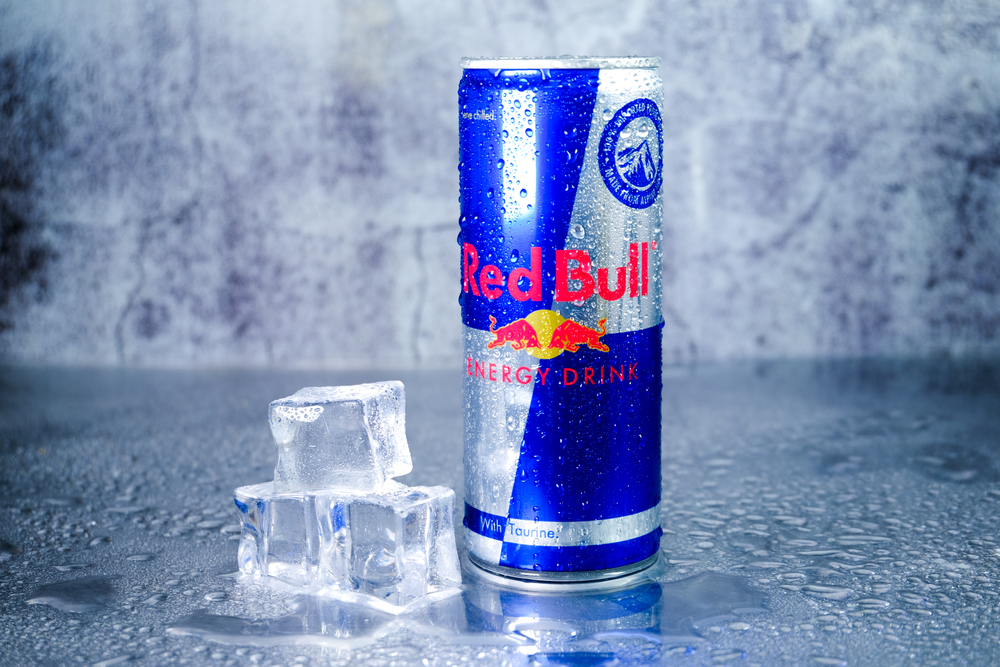Apple cider is a delicious and refreshing drink that is enjoyed by many during the fall season. While it may seem like a waste to throw away leftover cider, freezing it is an easy way to preserve its flavor and nutrients.
Freezing apple cider is a great way to save space, store it for later use, and prevent it from spoiling. However, there are a few things to keep in mind when freezing cider to ensure the best quality.
When it comes to freezing apple cider, it is important to choose the right container. The container should be able to withstand freezing temperatures, and it is recommended to use airtight containers such as plastic freezer bags, glass jars, or plastic containers with tight-fitting lids.
Additionally, preparation before freezing is crucial to ensure the cider retains its flavor and texture. It is important to remove any sediment or pulp from the cider before freezing to prevent it from separating and becoming grainy.
Key Takeaways
- Freezing apple cider is a great way to preserve its flavor and nutrients.
- Choosing the right container and preparing the cider before freezing are crucial to ensure the best quality.
- Frozen apple cider can be used in a variety of recipes and adding flavors can enhance its taste.
Understanding Apple Cider
Apple cider is a refreshing and delici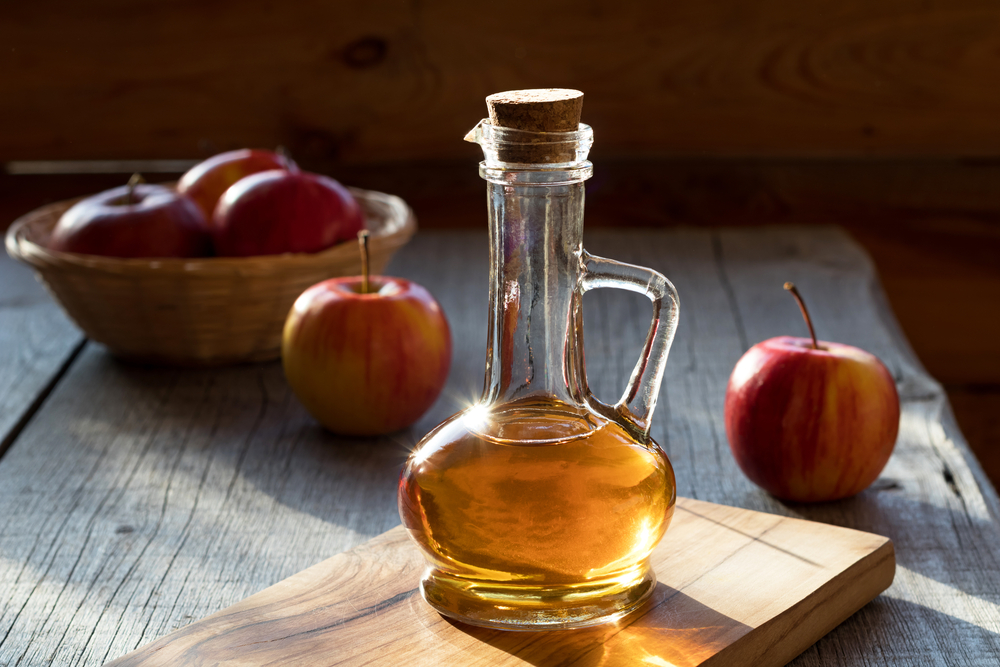 ous beverage that is enjoyed by many people around the world. It is made by pressing apples to extract the juice, which is then fermented to create a slightly alcoholic beverage.
ous beverage that is enjoyed by many people around the world. It is made by pressing apples to extract the juice, which is then fermented to create a slightly alcoholic beverage.
However, not all apple cider is alcoholic. In fact, there are several types of apple cider, each with its unique properties and characteristics.
Sweet Cider
Sweet cider is the most common type of apple cider. It is made from fresh apples that are pressed to extract the juice. The juice is then bottled and sold as sweet cider. Sweet cider is non-alcoholic and is usually consumed fresh. It has a sweet and tangy taste and is often served hot or cold.
Non-Alcoholic Cider
Non-alcoholic cider is similar to sweet cider but is pasteurized to remove any bacteria and other microorganisms that may cause spoilage. This type of cider is often sold in supermarkets and is consumed by people of all ages. Non-alcoholic cider is a great alternative to soda and other sugary drinks.
Alcoholic Cider
Alcoholic cider is made by fermenting apple juice. The fermentation process converts the natural sugars in the juice into alcohol. The alcohol content of cider can vary depending on how long it is fermented. Some ciders have an alcohol content as low as 1%, while others can have an alcohol content as high as 8%.
Hard Apple Cider
Hard apple cider is a type of alcoholic cider that is fermented for a longer period of time. This results in a higher alcohol content and a more complex flavor profile. Hard apple cider is often aged in oak barrels, which gives it a unique flavor and aroma.
In conclusion, apple cider is a versatile beverage that can be enjoyed in many different ways. Whether you prefer sweet cider, non-alcoholic cider, alcoholic cider, or hard apple cider, there is a type of cider that is perfect for you.
Why Freeze Apple Cider
Apple cider is a popular fall beverage enjoyed by many. However, it can be challenging to consume it all before it spoils, especially if you have leftover apple cider. Freezing apple cider is an excellent way to extend its shelf life and enjoy it all year round.
When you freeze apple cider, you can preserve its flavor, texture, color, and overall nutrients. Freezing apple cider is easy and requires no special equipment or tools. Most kitchens will have everything you need to freeze apple cider at home.
By freezing apple cider, you can avoid wasting excess cider and save space in your refrigerator. You can also enjoy your favorite fall beverage throughout the year, even when fresh apples are out of season.
It is essential to choose the right container when freezing apple cider. A freezer-safe and airtight container is necessary to prevent freezer burn and maintain the cider’s quality. Glass jars or plastic containers with tight-fitting lids work well for this purpose.
Overall, freezing apple cider is a simple and effective way to preserve its freshness and enjoy it all year round.
Choosing the Right Container
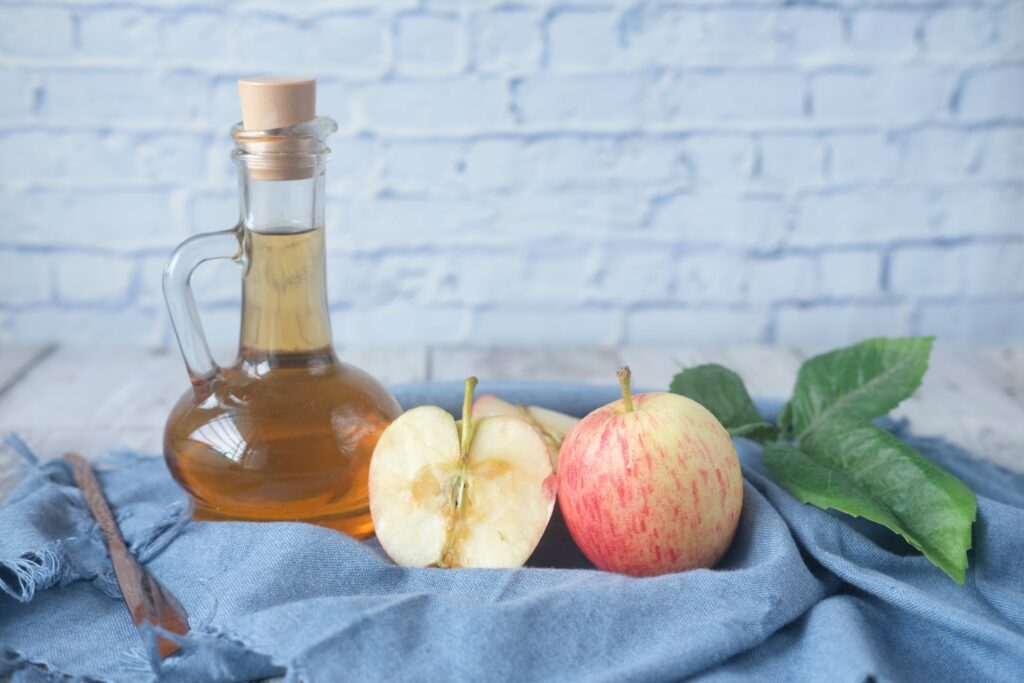
When it comes to freezing apple cider, choosing the right container is crucial. The container you use should be able to withstand freezing temperatures and be airtight to prevent freezer burn and contamination.
There are several options for containers that are suitable for freezing apple cider. Glass jars or plastic containers with tight-fitting lids work well for this purpose. It is important to ensure that the container is clean and dry before pouring in the cider to prevent any bacteria or contaminants from entering the cider.
When choosing a container, make sure that it is freezer-safe. Not all containers are suitable for freezing, and using the wrong type of container can result in cracking or breaking when exposed to freezing temperatures. It is important to check the manufacturer’s instructions to ensure that the container is safe for freezing.
If you prefer a more eco-friendly option, silicone muffin pan liners can also be used to freeze apple cider. These liners are reusable, easy to clean, and can be stacked in the freezer to save space.
It is also important to consider the size of the container. Freezing apple cider in smaller portions can make it easier to thaw and use as needed. Freezer containers are available in various sizes, making it easy to choose the right size for your needs.
In summary, when freezing apple cider, it is important to choose a container that is freezer-safe, airtight, and clean. Glass jars, plastic containers, and silicone muffin pan liners are all suitable options. Consider the size of the container to make it easier to thaw and use the cider as needed.
Preparation Before Freezing
Before freezing apple cider, there are a few steps that need to be taken to ensure that it freezes properly and maintains its quality.
Here are some tips to follow:
Use Fresh Apples
When making apple cider, it’s best to use fresh, ripe apples. This will ensure that the cider has a good flavor and quality. It’s also important to wash the apples thoroughly before using them to remove any dirt or debris.
Add Water
If the apple cider is too thick, it may not freeze properly. To prevent this, it’s recommended to add a small amount of water to the cider before freezing. This will help the cider expand and freeze evenly.
Label the Container
Labeling the container is important to keep track of the date and contents of the apple cider. It’s recommended to use a waterproof marker to label the container with the date and contents.
Leave Space for Expansion
When freezing apple cider, it’s important to leave some space at the top of the container for expansion. This will prevent the container from cracking or breaking as the cider freezes and expands.
Consider Using Ice Cube Trays or Muffin Pans
If you only need small amounts of apple cider at a time, consider using ice cube trays or muffin pans to freeze the cider. This will make it easier to thaw and use smaller portions as needed. Just be sure to label each section with the date and contents.
By following these preparation steps, you can ensure that your apple cider freezes properly and maintains its quality.
Freezing Process
Freezing apple cider is a simple process that can be done at home with minimal equipment. The process involves choosing the right container, preparing the cider, freezing it, and thawing it when needed.
Here are some simple steps to follow when freezing apple cider:
- Choose a freezer-safe container: The container used for freezing apple cider should be able to withstand freezing temperatures. Glass jars, plastic containers, and freezer bags are all freezer-friendly options. Make sure the container is clean and dry before use.
- Prepare the cider: Apple cider should be fresh and unfiltered for the best results. Remove any sediment or pulp from the cider before freezing. It is recommended to leave some headspace in the container to allow for expansion during freezing.
- Freeze the cider: Once the cider is in the container, cover it tightly and place it in the freezer. It is important to freeze the cider as quickly as possible to prevent the formation of large ice crystals. This can be done by placing the container in the coldest part of the freezer and avoiding opening the freezer door frequently.
- Thaw the cider: When ready to use, remove the container from the freezer and allow it to thaw in the refrigerator. It is important to thaw the cider slowly to prevent any changes in flavor or texture. Once thawed, the cider can be consumed as is or used in recipes.
Alternatively, apple cider can be frozen into cubes for easy portioning and use in recipes. Simply pour the cider into an ice cube tray and freeze until solid. Once frozen, transfer the cubes to a freezer-safe container and store in the freezer until needed.
Overall, freezing apple cider is a great way to preserve its freshness and flavor for later use. By following these simple steps, anyone can freeze apple cider at home with ease.
Thawing and Using Frozen Apple Cider
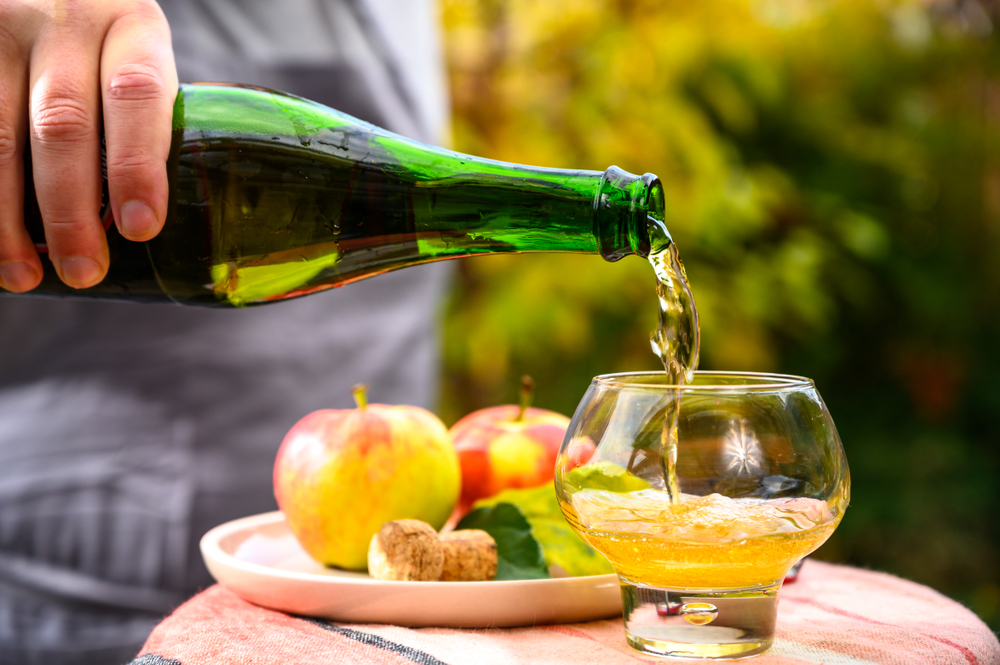
Once you have successfully frozen your apple cider, the next step is to thaw it before use. There are a few methods you can use to thaw frozen apple cider, including:
Thawing in the Refrigerator
The easiest and safest way to thaw frozen apple cider is to transfer it from the freezer to the refrigerator. Allow it to thaw slowly in the fridge for 24 to 48 hours. Once thawed, give the cider a gentle shake or stir to recombine any separated solids.
Thawing in the Microwave
If you need to thaw your apple cider quickly, you can use a microwave. Place the frozen cider in a microwave-safe container and heat it on the defrost setting for a few minutes. Be sure to stir the cider every 30 seconds to prevent hot spots from forming.
Using Thawed Cider
Once your apple cider is thawed, you can use it in a variety of recipes. Here are a few ideas:
- Use it to make a warm mulled cider by adding cinnamon sticks, cloves, and orange slices to a pot of thawed cider and simmering for 10-15 minutes.
- Mix it with sparkling water or champagne for a festive fall drink.
- Use it as a base for marinades and sauces for pork or chicken dishes.
Remember to label the cider with the date it was frozen, as non-alcoholic apple cider can be stored in the freezer for up to 8 to 12 months.
Potential Changes in Frozen Apple Cider
When apple cider is frozen, there are some potential changes that can occur. These changes may not necessarily affect the quality of the cider, but they can alter its texture, color, and flavor.
Here are some of the most common changes that you may notice when you freeze apple cider:
Texture
When apple cider is frozen, the texture can change slightly. The cider may become slightly grainy or have a slushy texture. This is because the water in the cider expands when it freezes, creating ice crystals that can alter the texture of the cider. However, this change in texture does not affect the taste or quality of the cider.
Color
Frozen apple cider may also appear slightly darker in color than fresh cider. This is because the freezing process can cause some of the pigments in the cider to become more concentrated. However, this change in color does not affect the taste or quality of the cider.
Mold
If apple cider is not frozen properly, it can develop mold. This is because freezing does not kill all the microorganisms in the cider, but only slows down their growth. To prevent mold growth, it is essential to freeze apple cider in airtight containers and use it within a reasonable time frame.
Overall, freezing apple cider is a great way to preserve its freshness and flavor. While some changes in texture and color may occur, they do not affect the quality of the cider. By following proper freezing techniques, you can enjoy delicious apple cider all year round.
Incorporating Frozen Apple Cider in Recipes
Frozen apple cider can be a versatile ingredient to use in a variety of recipes. It can add a unique flavor and texture to many dishes, from sweet to savory.
Here are some ways to incorporate frozen apple cider into your recipes:
Baking
Frozen apple cider can be a great addition to baked goods, such as cakes, cookies, and muffins. It can add a subtle apple flavor and moisture to the baked goods. Simply thaw the frozen apple cider and use it in place of some of the liquid ingredients in the recipe.
Smoothies
Frozen apple cider can be used as a base for smoothies, providing a sweet and refreshing flavor. Combine the frozen apple cider with other fruits, such as bananas or berries, and blend until smooth. You can also add yogurt or protein powder for a more filling smoothie.
Cocktails
Frozen apple cider can be a great ingredient in cocktails, adding a sweet and tangy flavor. Try mixing it with bourbon or rum for a warm winter drink, or with vodka and cranberry juice for a refreshing cold drink.
Salad Dressing
Frozen apple cider can be used as a base for salad dressing, providing a sweet and tangy flavor. Combine the frozen apple cider with olive oil, vinegar, and your favorite herbs and spices, and mix well. This dressing can be used on a variety of salads, from fruit salads to green salads.
Apple Sauce
Frozen apple cider can be used as a liquid ingredient in homemade apple sauce, providing a sweet and tangy flavor. Simply thaw the frozen apple cider and use it in place of some of the liquid ingredients in the recipe. You can also add cinnamon or other spices for a more flavorful apple sauce.
Overall, frozen apple cider can be a versatile ingredient to use in a variety of recipes. It can add a unique flavor and texture to many dishes, from sweet to savory.
Adding Flavors to Apple Cider
Apple cider is a delicious and refreshing drink that can be enjoyed on its own or with added flavors. Adding flavors to apple cider is a great way to enhance its taste and aroma. Here are some popular flavors that can be added to apple cider:
Cinnamon
Cinnamon is a popular spice that can be added to apple cider to give it a warm and spicy flavor. Simply add a cinnamon stick to the cider while it simmers to infuse the flavor. Alternatively, you can sprinkle ground cinnamon over the cider before serving.
Sugar
Sugar can be added to apple cider to sweeten the flavor. However, it is important not to add too much sugar as it can overpower the taste of the cider. A tablespoon of sugar per cup of cider is usually sufficient.
Spices
Spices like nutmeg, cloves, and allspice can be added to apple cider to give it a complex and rich flavor. These spices can be added to the cider while it simmers to infuse the flavor.
Lemon Juice
Lemon juice can be added to apple cider to give it a tangy and refreshing flavor. Simply squeeze a lemon into the cider before serving.
Adding flavors to apple cider is a great way to customize the taste to your liking. Experiment with different flavors and find your favorite combination.
Storing and Maintaining Apple Cider
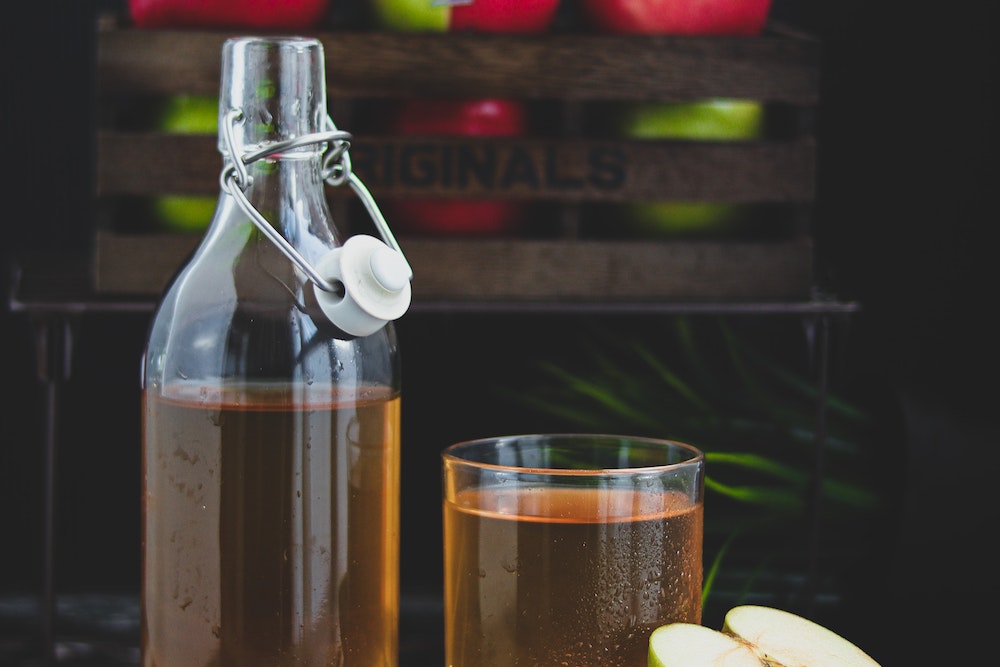
When it comes to storing apple cider, there are a few things to keep in mind to ensure it stays fresh and delicious. Whether you have store-bought or homemade cider, proper storage is key to maintaining its quality.
Firstly, it’s important to store apple cider in a cool place. Room temperature is fine for a short period of time, but to extend its shelf life, it’s best to store it in the refrigerator. This will help slow down the fermentation process and prevent it from spoiling too quickly.
If you have homemade apple cider, it’s important to let it cool down before storing it. This will help prevent any bacteria from growing and spoiling the cider. Once cooled, transfer it to an airtight container and store it in the refrigerator.
It’s also important to check the expiration date on store-bought apple cider before purchasing it. This will ensure that you are buying fresh cider that hasn’t expired yet. When storing store-bought cider, it’s best to keep it in its original container and refrigerate it until ready to use.
If you have a blend of apple cider and other juices, it’s important to keep in mind that the shelf life may be shorter than pure apple cider. It’s best to consume the blend within a few days of opening and store it in the refrigerator.
Overall, storing apple cider is a simple process that can help extend its shelf life and maintain its quality. By following these tips, you can enjoy delicious apple cider for longer periods of time.
Precautions and Tips
When it comes to freezing apple cider, there are a few precautions and tips to keep in mind to ensure the best results. Here are some things to consider:
- Choose the right container: The container you use to freeze your apple cider should be able to withstand freezing temperatures. It is recommended to use airtight containers such as plastic freezer bags, glass jars, or plastic containers with tight-fitting lids.
- Leave room for expansion: When freezing apple cider, make sure to leave some space at the top of the container to allow for expansion. This will prevent the container from cracking or bursting in the freezer.
- Label and date the container: It’s important to label and date the container before putting it in the freezer. This will help you keep track of how long the cider has been frozen and when it needs to be used by.
- Store in the freezer immediately: After pouring the cider into the container, make sure to store it in the freezer immediately. This will prevent any spoilage or contamination from occurring.
- Thaw slowly: When it’s time to use the frozen cider, it’s best to thaw it slowly in the refrigerator. This will help preserve the flavor and texture of the cider and prevent any spills or leaks.
By following these precautions and tips, you can ensure that your frozen apple cider stays fresh and delicious for months to come.
Related post: Can You Freeze Honey
Frequently Asked Questions
Can apple cider be safely frozen?
Yes, apple cider can be safely frozen. However, it is important to follow the proper freezing techniques to ensure that the cider retains its flavor and quality. Make sure to use a freezer-safe container and leave some space at the top to allow for expansion during freezing.
How does freezing affect the taste of apple cider?
Freezing can affect the taste of apple cider, but the extent of the change depends on how well the cider is frozen and stored. If the cider is frozen and thawed properly, the taste should remain relatively unchanged.
However, if the cider is not properly frozen or stored, it may develop a slightly different taste or texture.
What is the best way to store apple cider long-term?
The best way to store apple cider long-term is to freeze it. Make sure to use a freezer-safe container and leave some space at the top to allow for expansion during freezing. Alternatively, you can also can or bottle the cider using a pressure canner or hot water bath canner.
Can apple cider be turned into popsicles?
Yes, apple cider can be turned into popsicles. Simply pour the cider into popsicle molds and freeze until solid. You can also add additional ingredients such as cinnamon or cloves for added flavor.
Does freezing apple cider alter its nutritional value?
Freezing apple cider may alter its nutritional value slightly, but the changes are minimal. The process of freezing may cause some loss of nutrients, but overall, the nutritional value of the cider should remain relatively unchanged.
Are there any safety concerns when freezing apple cider?
There are no major safety concerns when freezing apple cider, as long as you follow proper freezing techniques and use a freezer-safe container. However, it is important to make sure that the cider is properly thawed before consuming to avoid any potential health risks.


